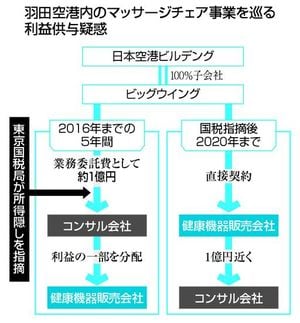Spanish royal family made headlines recently when Princess Leonor, the heir to the throne, was spotted driving for the first time. This significant moment occurred during a leisurely outing with her family around Palma de Mallorca. Accompanied by her mother, Queen Letizia, her grandmother, Queen Sofia, and her sister, Infanta Sofia, Leonor took the wheel of her new car, delighting royal watchers and royalists alike.
The young princess has just turned 18, marking her transition to adulthood—a milestone accentuated by her recent achievements, which include obtaining her driver’s license during her military training at the General Military Academy of Zaragoza. She confidently maneuvered her grey metallic _SEAT Ateca_, which retails between €31,370 and €43,900. Although still classified as a novice driver, her poise behind the wheel suggests she is ready to embrace her royal duties.
This public appearance was particularly noteworthy as it was not only Leonor's first time driving publicly but also reflective of her upbringing within the royal family, where independence and readiness to assume public responsibilities are encouraged. The family’s bonding during this outing underscored their close-knit dynamics, which is often portrayed as more relatable than the traditional royal image.
Princess Leonor's driving escapade generated considerable media interest across Spain as it sets the tone for her growing role within the public sphere. Historically, the Spanish royals have had strong ties to automobiles. King Felipe VI, for example, received his first car, a _SEAT Ibiza_, as a gift from his father when he came of age. This tradition seems to continue with Leonor, who appears to be carving her own path by taking on typical teenage milestones such as learning to drive.
Many people found the sight of the young princess driving her family around both charming and relatable. Such moments connect the royals with the public, moving them away from the often antiquated perceptions associated with monarchy. The outing also provided insight not only about Leonor's personal growth but also about the royal family's approach to modernity and engagement with their subjects.
Interestingly, this wasn't the first time the royal family sparked buzz with their driving skills. Earlier, it was reported how her cousin, Victoria Federica, daughter of Infanta Elena, was seen driving her own _Audi Q3_, reflecting the family’s affinity for vehicles. Meanwhile, Leonor’s peer, Irene Urdangarin, daughter of the Infanta Cristina and Iñaki Urdangarin, is currently taking driving lessons, indicating the royal family's parallel experiences as young adults.
Yet, the excitement and curiosity surrounding Leonor's first official driving experience were tinged with some chatter about protocol. Among the regulations governing young drivers, the law requires novice drivers to display the 'L' plate—an identifier indicating they are new to driving. Observers noted with interest, and perhaps slight amusement, when Leonor was not displaying this sticker, which could result in fines ranging from €100 to €200 for infraction of driving laws. Legal experts responded, clarifying she might be exempt under specific driving regulations due to her prior experience with other licenses like _A1_, which allows riding motorbikes and scooters.
Driving enthusiasts and car buyers are positively influenced by this kind of visibility, particularly when it showcases local brands such as _SEAT_, which represent not only the Spanish automotive industry but also the royal family’s commitment to national pride.
This public outing also exemplifies Princess Leonor’s gradual introduction to her royal responsibilities, showing her evolving role as she prepares for her future engagements as queen. The image of her easily maneuvering her family through the streets of Mallorca echoes Perez family values—growing independence, courage to take the wheel, and the commitment to connecting with people beyond royal duties.
Overall, Leonor’s driving incident taps deep cultural narratives within Spain, mingling themes of duty, modern royal image, and youthful independence. The princess’s driving not only charmed onlookers and provided insights about her personal growth but also opened discussions on the royal tradition's evolving relevance against the backdrop of Spain’s vibrant contemporary culture.
Reflecting on this royal family's outing, one can’t help but pose the question: Is this combination of tradition and modernity the recipe for the future of monarchy within Spain? With young figures like Leonor stepping confidently onto the public stage, perhaps the royal family is steering toward keeping the crown close to the people it serves.



